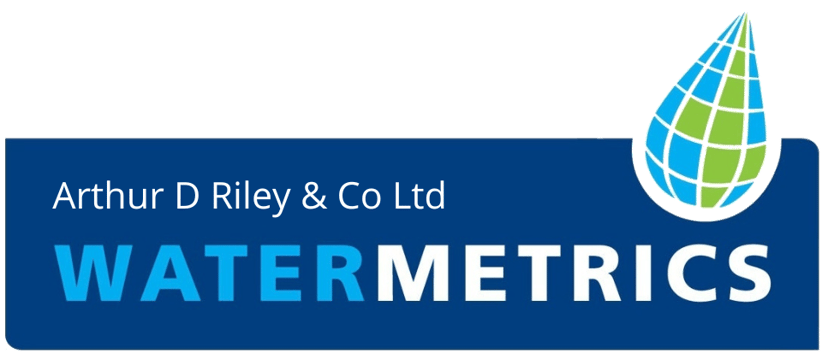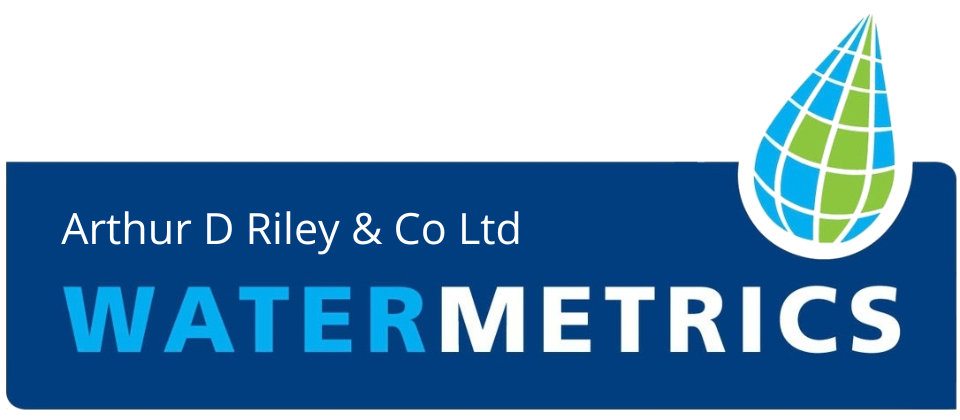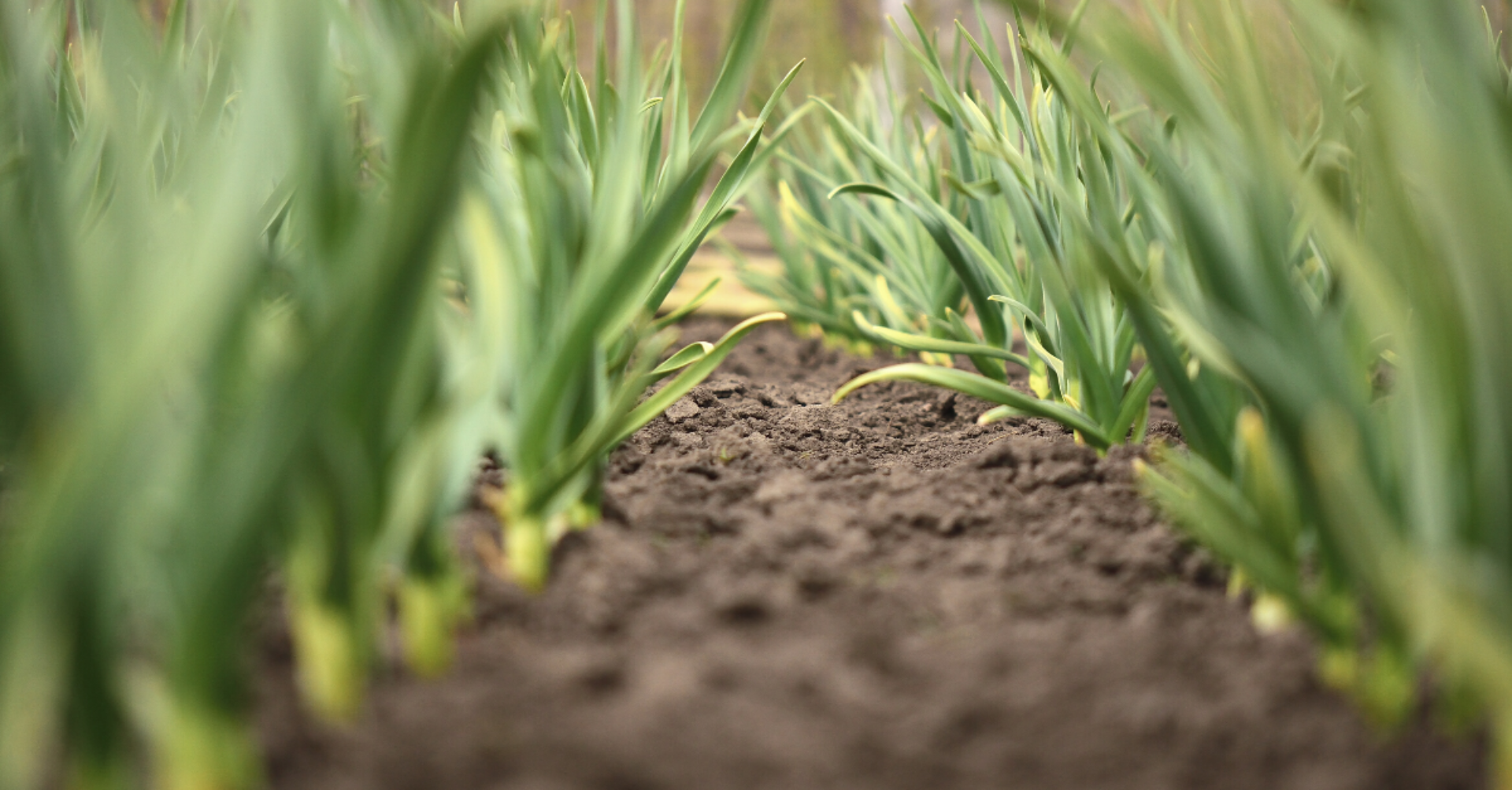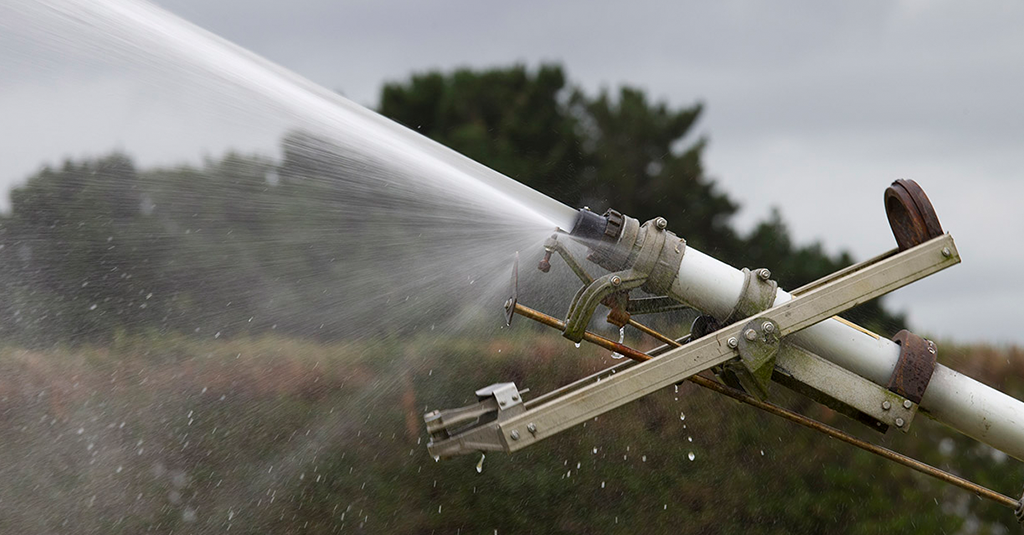Like all crop growers, the potato industry faces environmental and sustainability issues concerning the use of fertilisers and pesticides, energy use, greenhouse gas emissions and the impacts of climate change.
Potato growing has significant impacts on the soil, water and land resources. Sustainable land management is important and challenging where potatoes are grown.
Efficient water use is a priority for the industry. Harnessing water technologies not only reduces energy use and saves production costs, but also matches the potatoes’ water requirement, contributing to yield and quality improvements.
Potatoes require significant applications of NPK fertilisers. Leaching of these contributes to aquifer and waterway contamination. For example, N2O emissions from these applications contributes to greenhouse gas build-up. As a result, care needs to be taken in fertiliser use – there are problems when the soil is both too wet or too dry.
Watermetrics stepped into potato management in the 20/21 season at Pendarves by installing our equipment and applying our programmes. We made some encouraging progress in generating data to manage these issues.
First, we installed a 500mm soil probe after planting. This reads both temperature and moisture at 100mm intervals and reports in 15 minute intervals. The presentation of 5 lines on the graph gives a clear picture of where a water application has got to in the soil profile as well as highlighting overwatering. This was beneficial in calculating the irrigation amounts so that no water passed through the 500mm level, which in itself was beyond the effective root zone.
Secondly, we measured the water applications, recording the amount and timing of the applications.
Finally, we gathered comprehensive paddock specific and climate information, including rainfall collection. This equipment predicts the coming seven days weather including the important evapotranspiration.
While it is great to have all the data there’s also room to put it all together, so that effective management decisions can be made.
We used our partner Swan Systems to pull all this together and this model provided many advantages.
We set targets for nutrient levels at each growth stage and could use the programme to record and modify applications as required. By connecting this with forecast weather and existing temperature, moisture, and planned irrigation we could define the appropriate time to make the correct applications.
We defined the soil and its drainage and water holding capacity, and then we defined the potatoes’ desired moisture levels at each growth stage.
This information was gathered from the grower and the agronomist, and related to the comprehensive nutrient and water information resident in the Swan programme. Any required adjustments for the specific variety or site were included.
The Swan programme then sets a water budget depending on irrigator availability and water volumes able to be used. It calculates the amounts of water required to meet the set targets and includes in this the predicted evapotranspiration and rainfall. It details the day and amounts to be applied information that transfers to cell phones.
At Pendarves we set a desired target for the root zone of 31% moisture and allowed an operating zone from 27 to 33%. The application issues warnings if those limits are approached.
For the season we easily stayed within those limits, and were able to keep the moisture close to requirement. This takes moisture stress out of the equation, limits disease problems, and increases the potatoes’ ability to reach its potential, which is far less likely if fluctuations were allowed to occur.
At no stage did we see overwatering. The information generally meant earlier applications with less water than would have been normally applied.
There is also comprehensive daily data history that can be printed as a PDF. Analysis of this pinpoints mistakes and better ways of doing things for future potato crops.
We believe this application will be a hugely beneficial and important reporting and management tool. It helps address many of the environmental problem areas in potato growing, and contributes to water and cost savings as well as catering for optimal crop requirements.
Contact Richard Campion Agronomist at Watermetrics if you would like to discuss this further.
Phone: 021 199 1260




